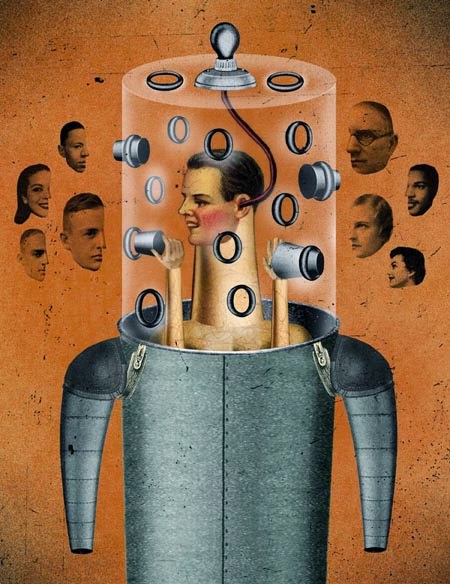It's what will accompany the graphics in the new virtual reality headsets like the Oculus Rift, the Microsoft HoloLens or Sony Project Morpheus. In an immersive graphics world our normal 2D audio just isn't enough, so that world has to be expanded to 3D to keep up with the visuals.
In staying on top of the trend, the Audio Engineering Society has introduced a new standard called AES69-2015 which provides a framework for binaural and 3D personal audio products. This format describes both the format and exchange of spatial acoustics files.
3D audio isn't just for virtual reality headsets, as everything from smartphones to tablets to anything that employs a headphone system will soon be employing it in some fashion.
The lack of a standard protocol meant that binaual sound data, expressed as a head-related transfer function (HRTF), made it difficult for developers to exchange algorithms, thus slowing the development of the sector and keeping those algorithms proprietary.
Among the things that AES69-2015 supports include:
- a description of the HRTF measurement setup
- consistent definitions of the metadata
- the ability to describe multiple conditions like the number of listeners and distances in a single file
- predefined descriptions for the common measurement setups, which are now called "conditions"
Don't forget to check out my Music 3.0 blog for tips and tricks on navigating social media and the new music business.



No comments:
Post a Comment